Home>Interior Design>7 Undesirable Trends That Are Dating Your Interiors
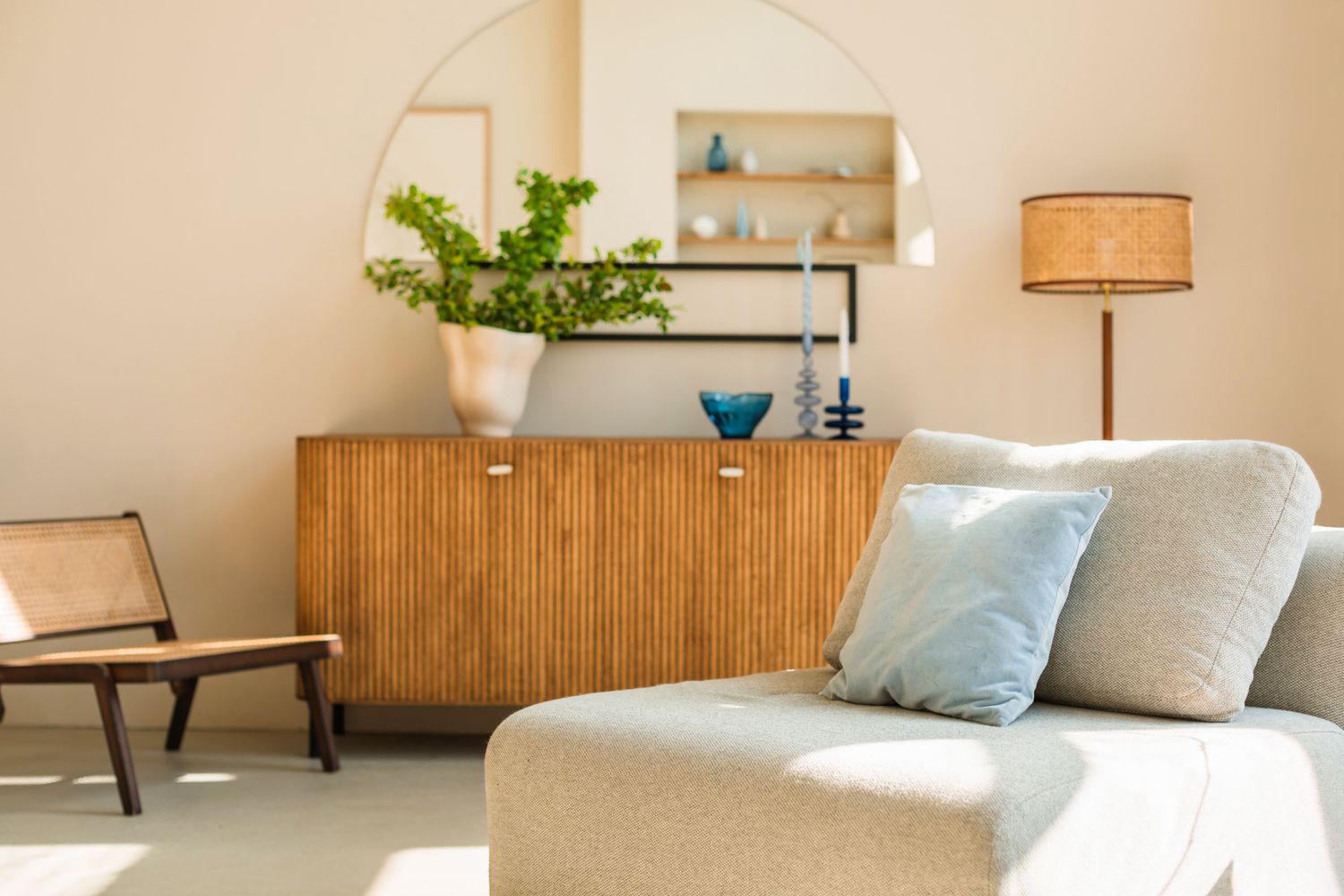

Interior Design
7 Undesirable Trends That Are Dating Your Interiors
Modified: January 18, 2024
Discover the 7 undesirable trends that are negatively impacting your interiors. Transform your space with expert interior design tips and break free from dated styles.
(Many of the links in this article redirect to a specific reviewed product. Your purchase of these products through affiliate links helps to generate commission for Storables.com, at no extra cost. Learn more)
Introduction
Welcome to the world of interior design, where creativity and functionality meet to create beautiful living spaces. As trends come and go, it’s important to stay updated on the latest interior design styles to keep your home looking fresh and inviting. However, not all trends are created equal. In fact, some trends can actually hinder the overall appeal and functionality of your space.
In this article, we will explore seven undesirable trends that have been dating your interiors. From cluttered spaces to overuse of neutral colors, we will delve into each trend and provide insight on how to avoid falling into these design pitfalls. By being aware of these trends, you can make informed decisions when it comes to decorating your home and create a space that truly reflects your personal style and needs.
Key Takeaways:
- Embrace personalization and avoid clutter to create a unique, inviting space that reflects your individuality and brings joy and comfort to your everyday life.
- Mix and match furniture, prioritize functionality, and pay attention to lighting and texture to create visually dynamic, well-lit, and cozy interiors that stand the test of time.
Trend 1: Cluttered Spaces
One of the most common interior design mistakes is having cluttered spaces. Clutter not only makes a room look messy and disorganized, but it can also disrupt the flow and functionality of the space. When there are too many objects or furniture pieces in a room, it can make the area feel cramped and overwhelming.
To avoid cluttered spaces, it’s essential to declutter and only keep items that are necessary and meaningful to you. Consider implementing smart storage solutions such as built-in shelves, hidden storage compartments, or stylish organizers to keep your belongings neatly tucked away. This will help create a more open and spacious environment, allowing the design elements in the room to shine.
Furthermore, it’s crucial to have a functional layout that maximizes the use of space. Arrange furniture in a way that allows for easy movement and clear pathways. Avoid overcrowding a room with unnecessary pieces. Instead, focus on selecting furniture that serves a purpose and fits well within the space.
When it comes to accessories and decorative items, less is often more. Select a few statement pieces that reflect your personal style and complement the overall aesthetic of the room. Avoid cluttering surfaces with too many small trinkets or knickknacks. Opt for larger, well-curated pieces to make a bold impact and create visual interest.
By embracing a minimalist approach and keeping your spaces clutter-free, you can create an environment that feels open, inviting, and visually appealing.
Trend 2: Overuse of Neutral Colors
Neutral colors have long been favored in interior design for their timeless appeal and versatility. However, there can sometimes be too much of a good thing. Overusing neutral colors in your interiors can result in a lackluster and monotonous look.
While neutrals provide a clean and calming backdrop, it’s important to incorporate pops of color to add visual interest and personality to your space. Introduce vibrant accents through artwork, throw pillows, rugs, or even a bold piece of furniture. This will inject life and energy into the room, creating a dynamic and inviting atmosphere.
Additionally, consider experimenting with different shades and tones within the neutral color palette. Instead of sticking solely to beige or off-white, incorporate hues like greige, taupe, or warm gray. These subtle variations can add depth and dimension to your space, ensuring that it doesn’t appear flat or boring.
Another way to combat the overuse of neutral colors is by incorporating texture and pattern. Use textured fabrics, such as woven materials, velvet, or faux fur, to add visual interest and tactile appeal. Incorporate patterned elements, such as wallpaper or statement tiles, to break up the monotony and create a focal point within the room.
Lastly, don’t be afraid to mix and match different color schemes. Complementary colors can create a harmonious balance, while contrasting colors can make a bold statement. Explore color theory to understand how different hues can interact with one another and use this knowledge to create a visually stunning space.
Remember, the goal is to strike a balance between neutrals and color. By incorporating pops of color, experimenting with varying shades and tones, adding texture and pattern, and exploring different color schemes, you can infuse life and personality into your interiors, avoiding the overuse of neutral colors.
Trend 3: Lack of Personalization
One of the biggest trends that can negatively impact your interiors is the lack of personalization. Your home should be a reflection of your unique taste, interests, and experiences. It should tell your story and make you feel at ease. However, many interior designs fall into the trap of following generic trends and neglecting personal touches.
To avoid this trend, infuse your space with elements that reflect your personality and interests. Display your favorite artwork, showcase souvenirs from your travels, or incorporate sentimental items that hold special meaning to you. These personal touches not only add character to your space but also create a sense of warmth and familiarity.
Additionally, consider incorporating elements from your cultural background or heritage. Whether it’s through traditional textiles, artwork, or furniture, these items can add a unique and personal touch to your interiors. They not only celebrate your heritage but also provide a conversation starter and a glimpse into your identity.
Another way to personalize your space is through custom designs or DIY projects. Consider creating your own artwork or repurposing furniture to make it uniquely yours. Explore your creativity and let it shine through in your home.
Furthermore, don’t be afraid to break away from trends and create a space that is truly tailored to your tastes. While it’s important to stay informed about design trends, remember that trends come and go. What truly matters is how your space makes you feel and how it reflects your personality.
By infusing your space with personal touches, incorporating items that have sentimental value, celebrating your cultural background, and embracing your own creativity, you can create interiors that are truly unique and reflective of your individuality.
Trend 4: Excessive Matching Furniture Sets
One interior design trend that can make your space appear dull and uninspired is the excessive use of matching furniture sets. While it might seem easy and convenient to purchase a complete set of furniture, this approach can result in a lack of visual interest and creativity in your interiors.
Instead, aim for a more eclectic and curated look by mixing and matching furniture pieces. By combining different styles, materials, and finishes, you can add depth and personality to your space. For example, pair a modern sofa with vintage armchairs or mix rustic wooden furniture with sleek metal accents. This creates a more visually dynamic and intriguing environment.
When selecting furniture, also consider the scale and proportion of each piece. A room filled with furniture of the same size can feel heavy and unbalanced. Instead, vary the scale of your furniture to create visual interest and a more harmonious composition. Use larger furniture as anchor pieces, and balance them with smaller accents and accessories.
In addition to mixing furniture styles and sizes, consider incorporating pieces with different textures and materials. This adds tactile appeal and visual contrast to your space. For example, combine a velvet sofa with a leather ottoman or pair a glass coffee table with a natural wood sideboard. These contrasting textures create a more dynamic and visually engaging environment.
Lastly, remember that it’s okay to have mismatched pieces in your space. In fact, it can add charm and personality to your interiors. Embrace the uniqueness of each piece and appreciate the character it brings to your home. Remember, interior design is about creating a space that reflects your individuality and personal style.
By avoiding the trend of excessive matching furniture sets and instead embracing a more eclectic and curated approach, you can create a space that is visually interesting, unique, and reflective of your personal taste.
When choosing a color scheme for your interiors, consider using timeless and neutral colors for larger pieces of furniture and then adding pops of trendier colors with smaller decor items that can be easily swapped out.
Trend 5: Disregard for Functionality
One of the most crucial aspects of interior design is functionality. However, it is a trend that is often overlooked, leading to spaces that are impractical and inefficient. A disregard for functionality can result in rooms that look great but fail to meet the needs of those using them.
When designing your interiors, it’s important to prioritize the functionality of each space. Consider the purpose of the room and how it will be used on a daily basis. Think about the flow of movement, the placement of furniture, and the accessibility of essential items. Ensure that the layout allows for easy navigation and that furniture and fixtures are appropriately sized for the space.
Additionally, consider the storage needs of the room. Clutter can hinder functionality, so ample storage solutions should be incorporated. From built-in cabinets to floating shelves and hidden organizers, find creative ways to keep your space organized and free from clutter. This will not only enhance functionality but also contribute to a more visually appealing environment.
Another important aspect of functionality is lighting. Adequate lighting is crucial in creating a space that is both beautiful and functional. Incorporate a combination of ambient, task, and accent lighting to ensure that there is sufficient lighting for different activities and to create the right mood in each area of the room.
Consider the placement of electrical outlets and ensure that they are conveniently located for powering appliances and charging devices. Also, pay attention to the placement of light switches and consider implementing smart lighting solutions for added convenience.
Lastly, don’t forget about the comfort of the space. Choose furniture that is both stylish and comfortable. Consider ergonomic designs that support good posture and provide comfort for extended periods of use. This is especially important in areas such as living rooms and home offices where people spend a significant amount of time.
By prioritizing functionality in your interior design, you can create spaces that are not only visually appealing but also practical and efficient. A well-designed and functional space will enhance the overall experience and usability of your home.
Trend 6: Ignoring Lighting Design
Lighting is an essential element of interior design that often gets overlooked. Ignoring lighting design can have a significant impact on the overall atmosphere and functionality of a space. Insufficient or poorly placed lighting can make a room feel dark, unwelcoming, and even hinder daily activities.
When considering lighting design, it’s crucial to take into account the different types of lighting: ambient, task, and accent. Ambient lighting provides overall illumination and sets the mood for a space. Task lighting is focused lighting that aids in performing specific activities, such as reading or cooking. Accent lighting is used to highlight architectural features, artwork, or focal points within a room.
To create a well-lit space, incorporate a mix of these lighting types in each room. Start with a foundation of ambient lighting, such as overhead fixtures or recessed lights, to ensure even illumination throughout the space. Supplement this with task lighting in areas where specific activities are performed, such as desk lamps for workstations or under-cabinet lighting in the kitchen.
Accent lighting is a fantastic way to add drama and visual interest to a room. Use adjustable spotlights or track lighting to highlight architectural details, artwork, or decorative objects. This not only draws attention to these features but creates depth and dimension within the space.
In addition to selecting the right types of lighting, pay attention to the placement of fixtures and the color temperature of the light bulbs. Consider the natural lighting available in the room and how it interacts with artificial light sources. Opt for warm or cool color temperatures depending on the mood you want to create.
Furthermore, don’t forget about natural light. It is a valuable asset that can enhance the overall aesthetic and well-being of a space. Maximize natural light by incorporating large windows, sheer curtains, or skylights. Allow the natural light to flood in and create a bright and uplifting ambiance.
By paying attention to lighting design and incorporating a variety of lighting types, you can create a well-lit space that is both functional and visually appealing. Adequate lighting not only enhances the beauty of your interiors but also contributes to improved productivity, comfort, and overall well-being.
Trend 7: Neglecting Texture and Layering
Texture and layering are essential elements of interior design that add depth, visual interest, and a sense of coziness to a space. However, it is a trend that is often neglected, leading to interiors that feel flat and uninspiring. By embracing texture and layering, you can create a more visually dynamic and inviting environment.
When it comes to texture, think beyond just visual appeal. Incorporate materials with varying tactile qualities to create a multi-sensory experience. Consider textured fabrics like velvet, wool, or linen for upholstery, throw blankets, or curtains. Add woven baskets, rattan furniture, or textured wall coverings to introduce natural textures. These elements add warmth and depth to a space, making it feel more inviting and comfortable.
Another way to incorporate texture is through the use of patterned elements. Consider adding patterned wallpaper, area rugs, or decorative pillows to introduce visual interest and dynamics. Opt for patterns like stripes, geometrics, or florals to create a focal point and add character to your space.
Layering is another technique that can elevate the design of a room. This involves adding layers of different elements to create depth and visual richness. Layering can be achieved through the use of textiles such as rugs, throw blankets, and pillows. It can also be done by incorporating different materials and finishes, such as mixing wood and metal or contrasting glossy and matte surfaces.
Don’t forget about layering in terms of lighting as well. Use a combination of different light sources, such as floor lamps, table lamps, and wall sconces, to create varied layers of illumination. This adds depth and ambiance to a room, making it feel more inviting and cozy.
Additionally, consider layering in your accessories and decorations. Rather than displaying a few standalone items, create vignettes by grouping objects of different heights, sizes, and textures together. This creates a visually interesting composition that draws the eye and adds personality to your space.
By incorporating texture and layering into your interior design, you can create a visually dynamic and inviting space. Experiment with different textures, patterns, and layering techniques to add depth and visual interest. It’s these details that will elevate your space and make it feel more cozy, comfortable, and personalized.
Conclusion
Interior design is a wonderful way to transform your living spaces into havens of beauty, comfort, and functionality. However, it’s important to be mindful of certain trends that can date your interiors and hinder their overall appeal. In this article, we explored seven undesirable trends that are worth avoiding: cluttered spaces, overuse of neutral colors, lack of personalization, excessive matching furniture sets, disregard for functionality, ignoring lighting design, and neglecting texture and layering.
By being aware of these trends and making conscious decisions, you can create spaces that are truly reflective of your personal style and needs. Decluttering and organizing your space allows for a more open and inviting atmosphere. Introducing pops of color and experimenting with different shades and tones breaks up the monotony of neutral colors. Personalizing your space with meaningful items and embracing your own creativity adds personality and a sense of authenticity.
Avoiding the overuse of matching furniture sets and instead mixing and matching different styles, sizes, and textures adds depth and visual interest. Prioritizing functionality ensures that your space is practical and efficient, enhancing your daily activities. Paying attention to lighting design and incorporating a mix of ambient, task, and accent lighting creates a well-lit and welcoming environment. Finally, embracing texture and layering adds depth, warmth, and visual richness to your space.
Remember, while trends come and go, it’s important to create spaces that make you feel at home and reflect your unique taste and personality. By avoiding these undesirable trends and being mindful of your own preferences and needs, you can create interiors that stand the test of time and bring joy and comfort to your everyday life.
Frequently Asked Questions about 7 Undesirable Trends That Are Dating Your Interiors
Was this page helpful?
At Storables.com, we guarantee accurate and reliable information. Our content, validated by Expert Board Contributors, is crafted following stringent Editorial Policies. We're committed to providing you with well-researched, expert-backed insights for all your informational needs.
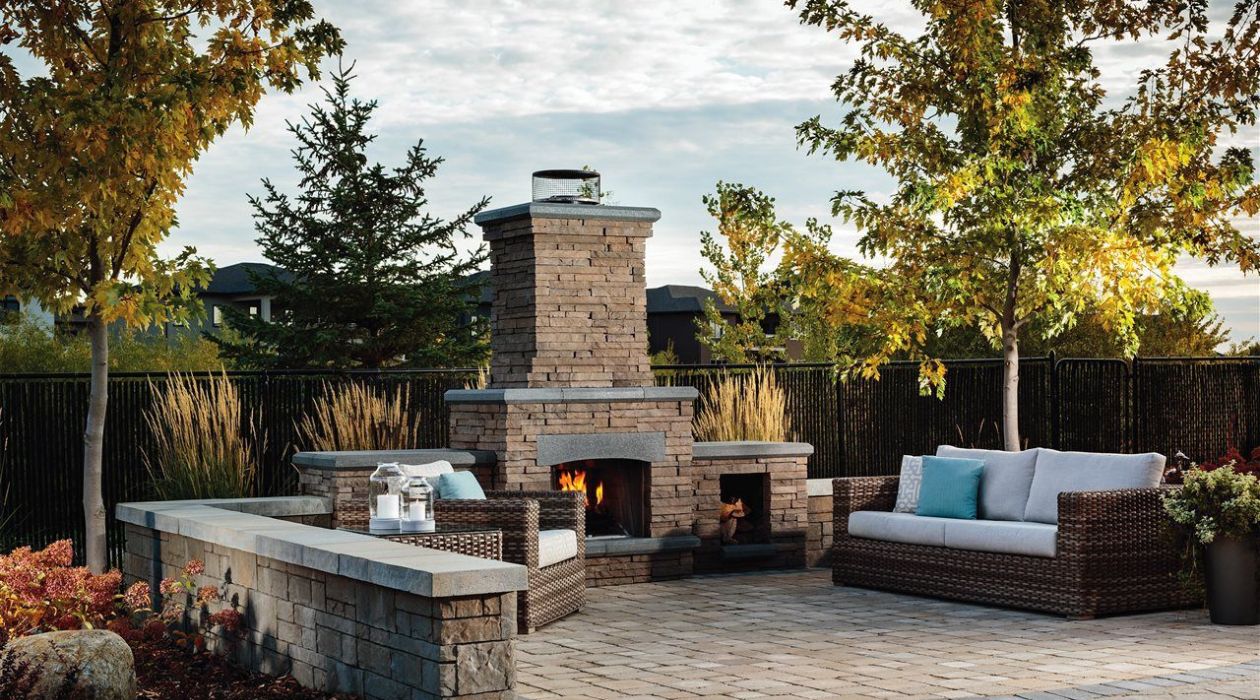
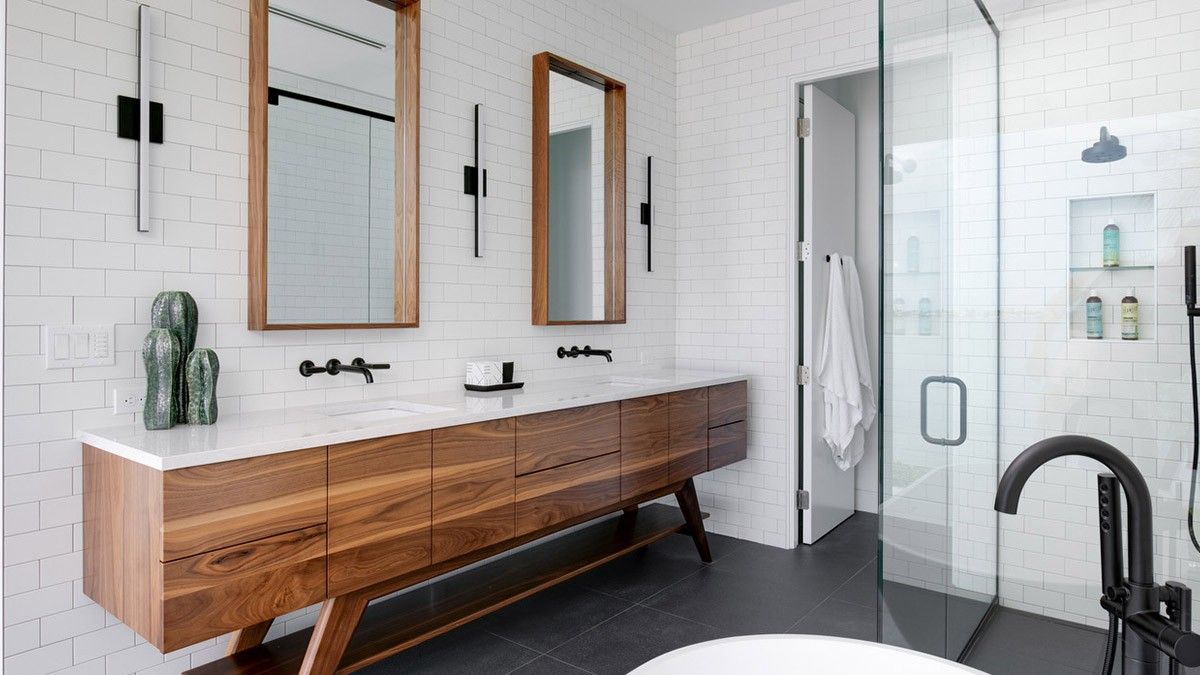
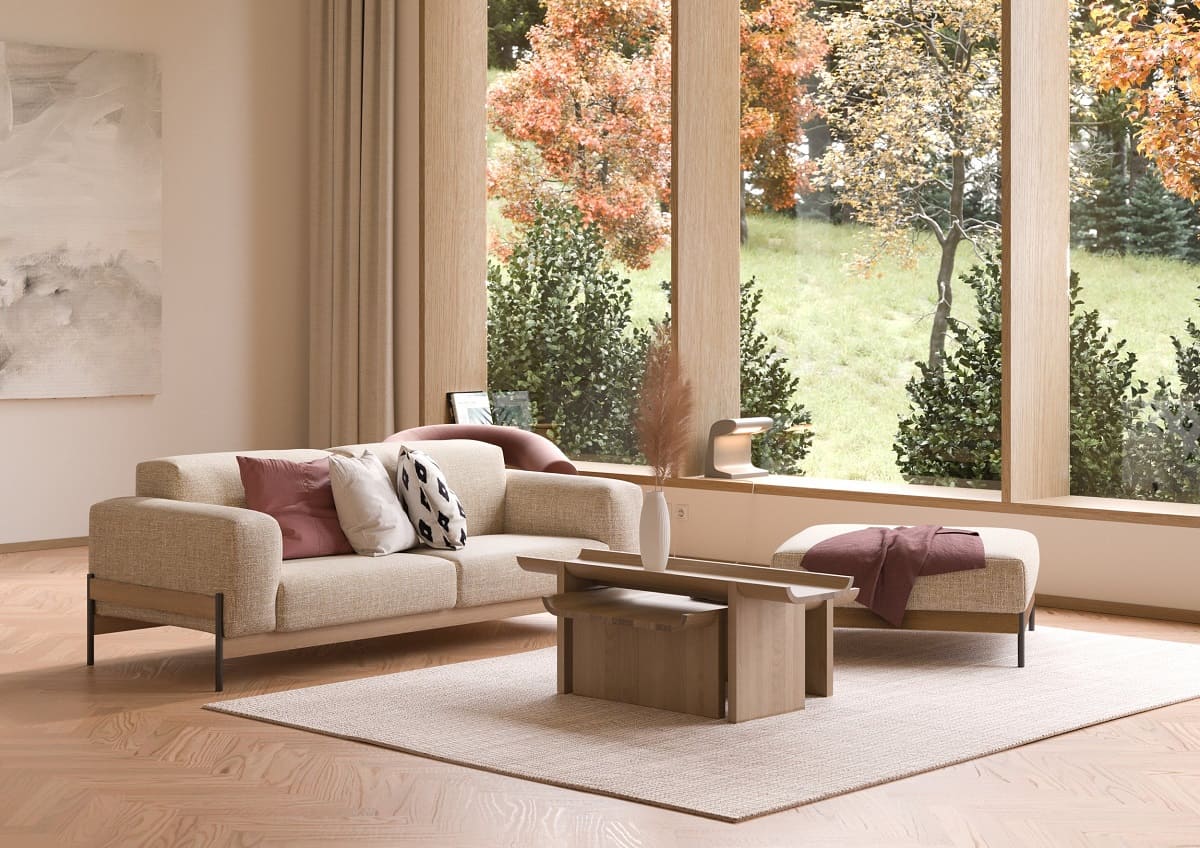
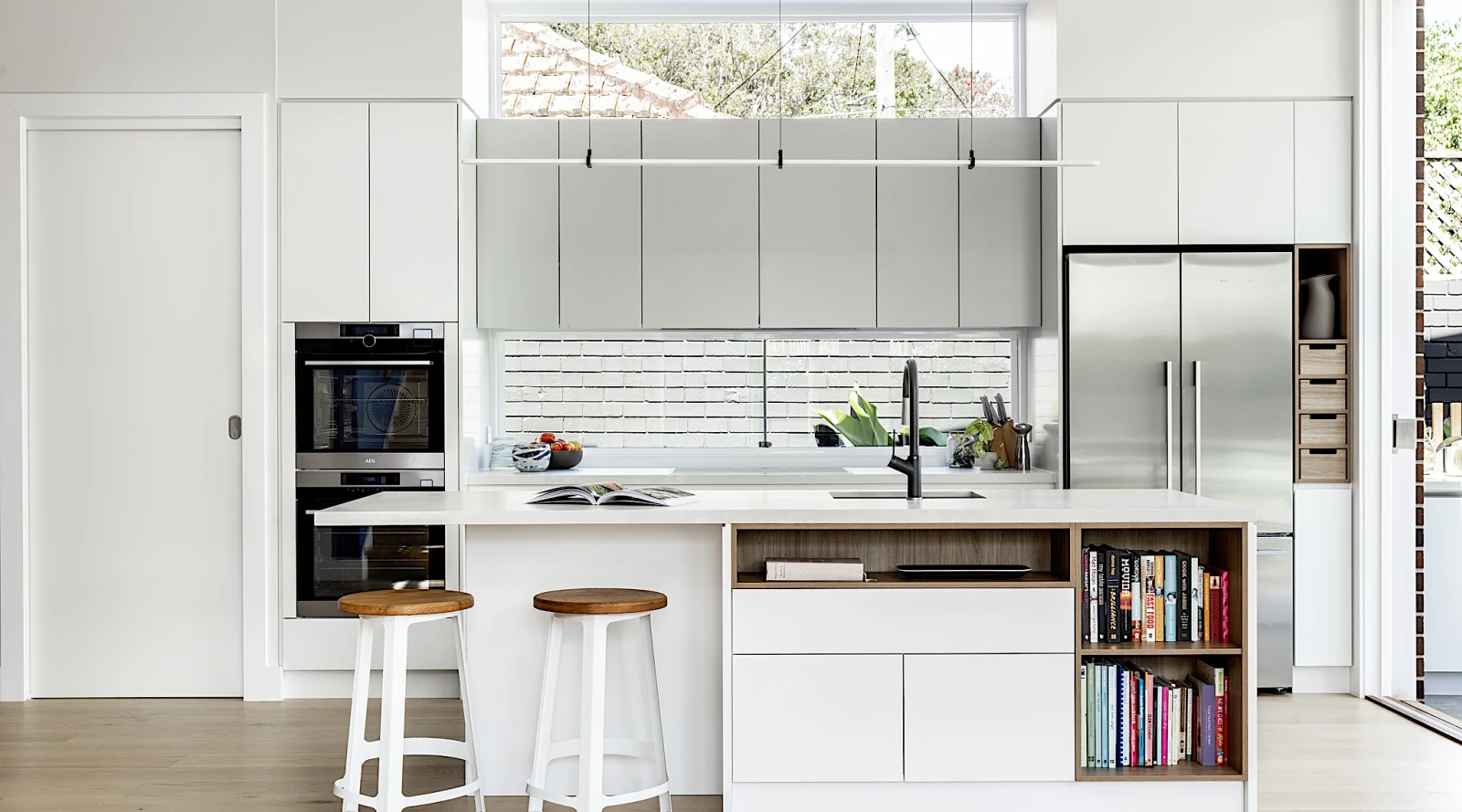
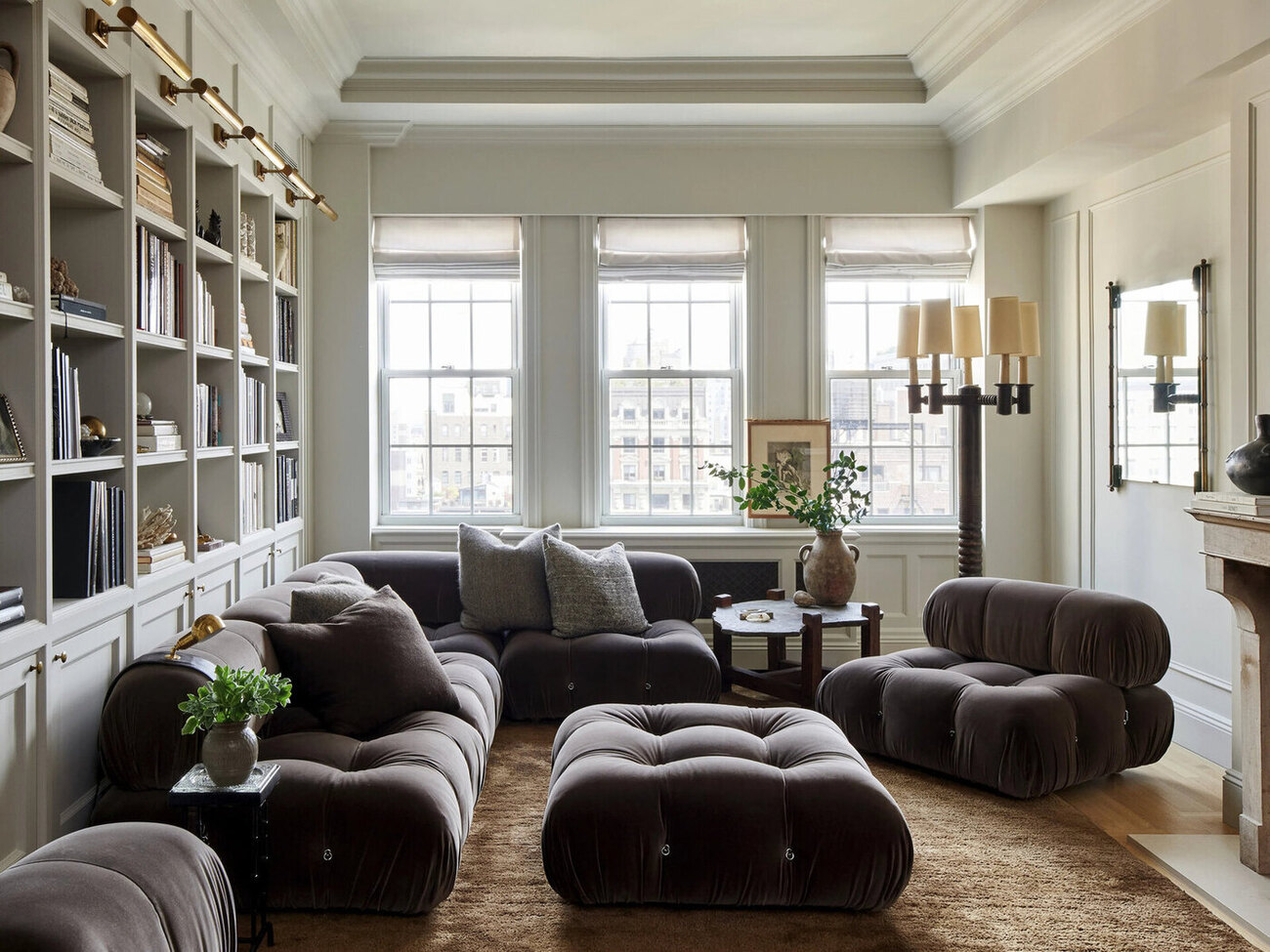
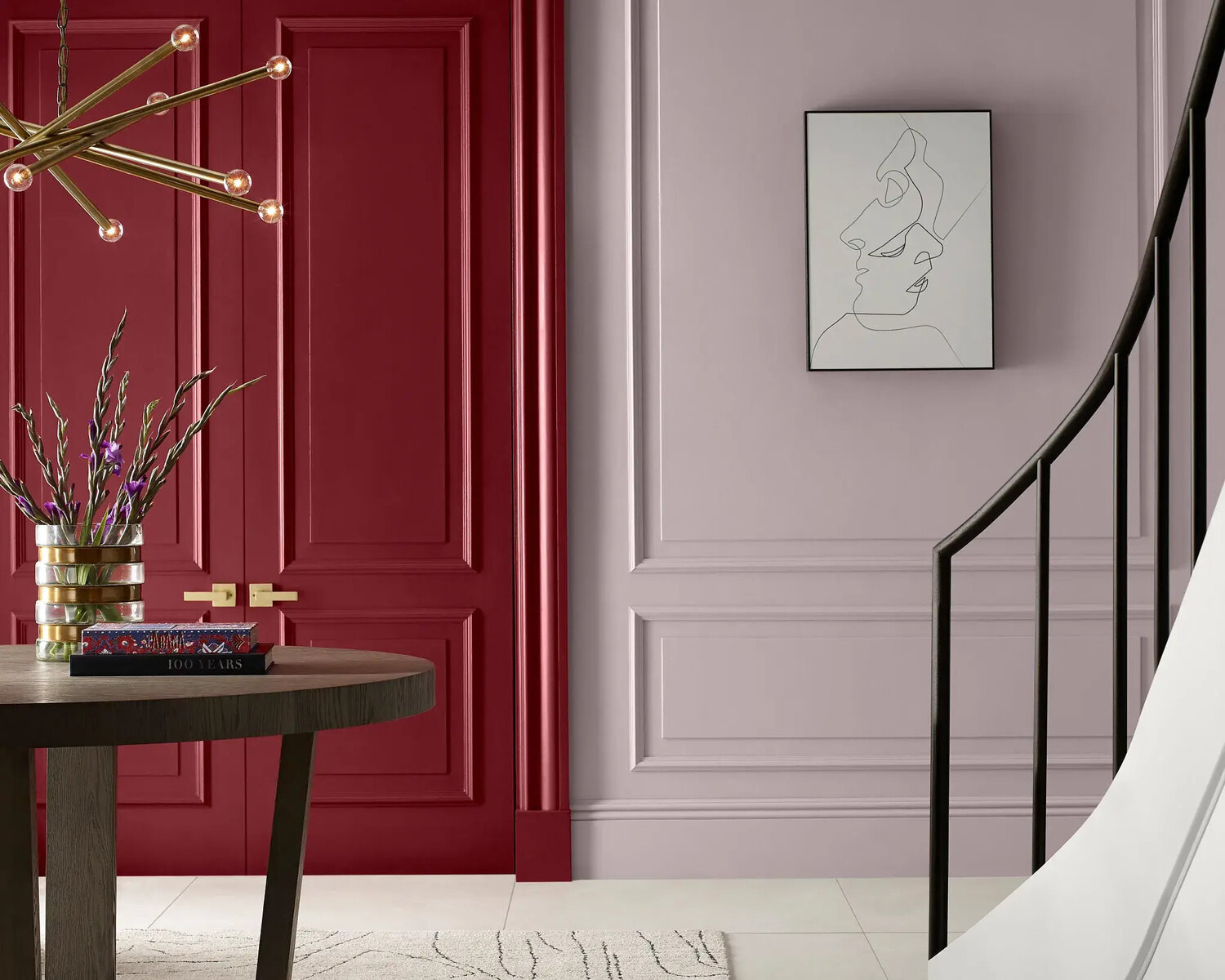
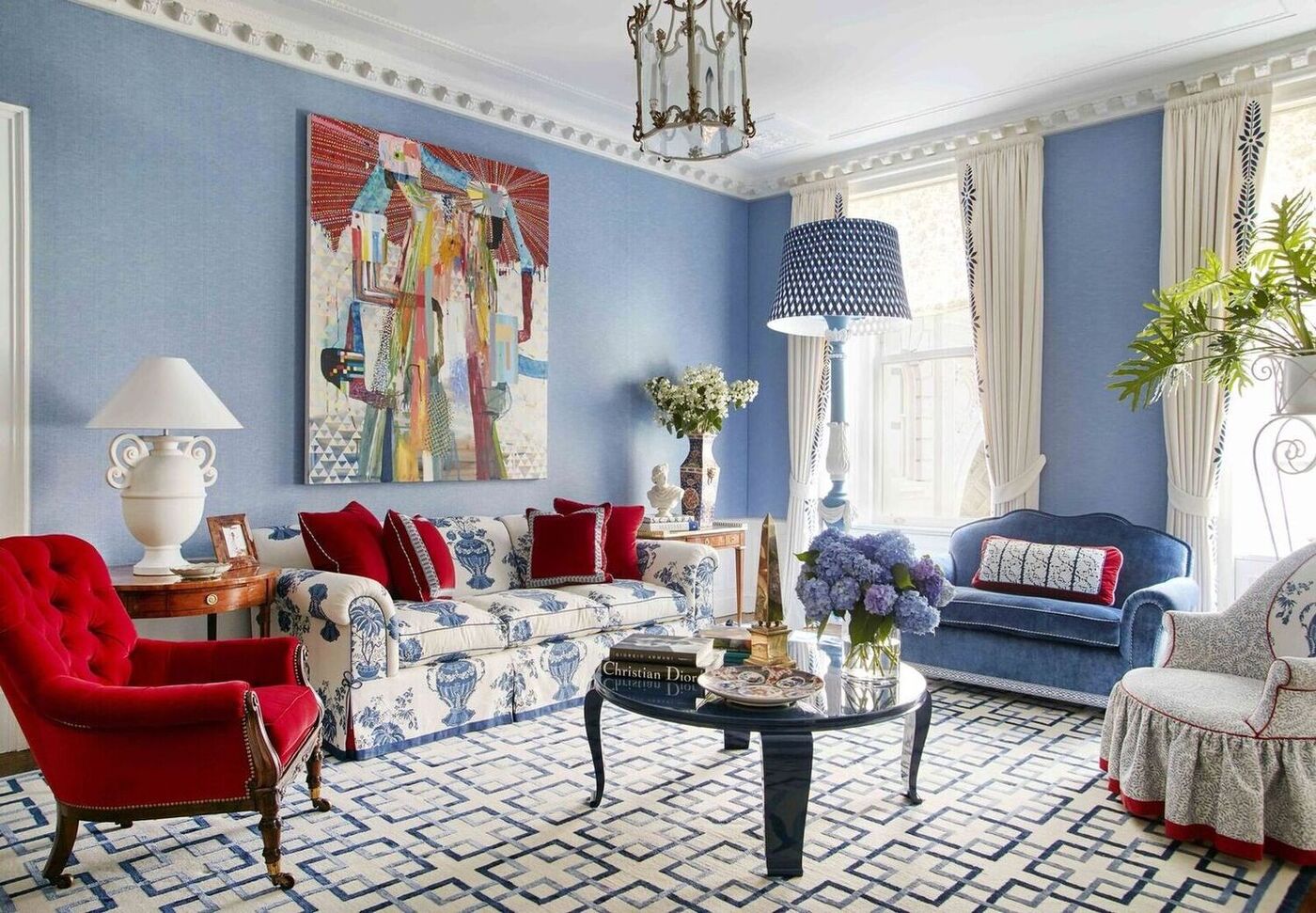
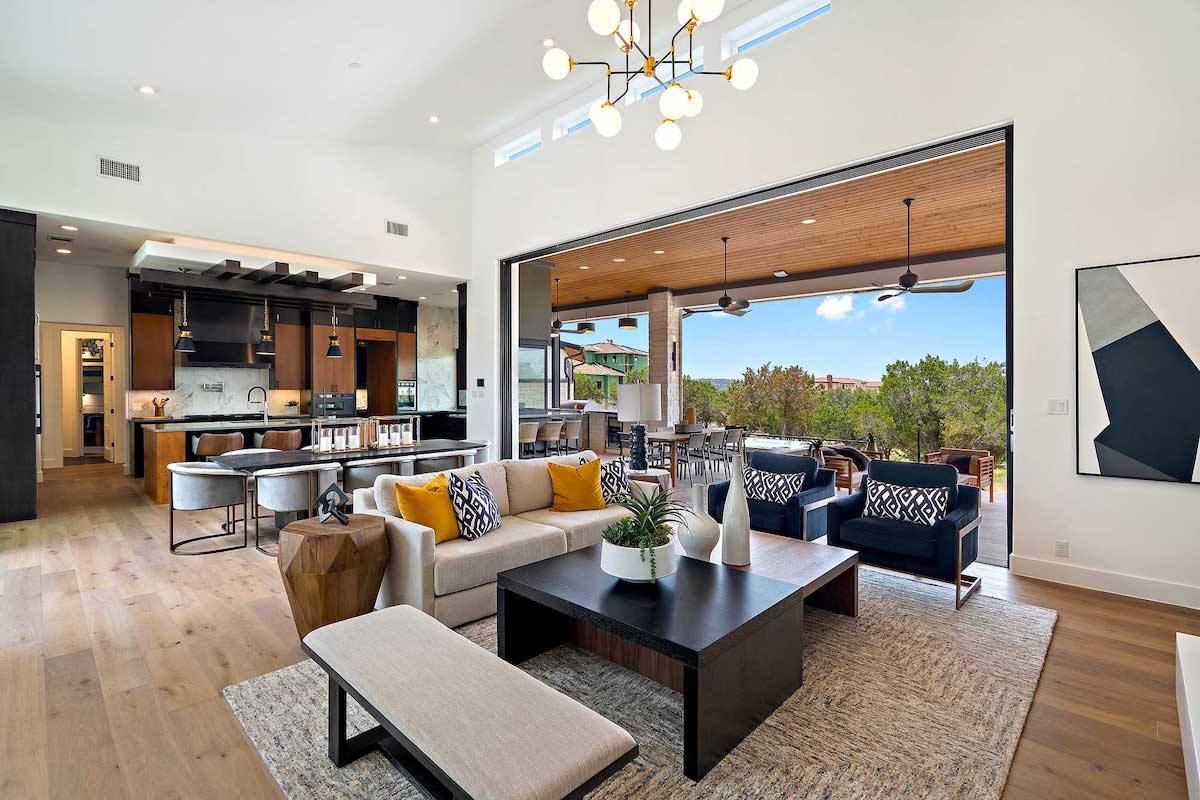
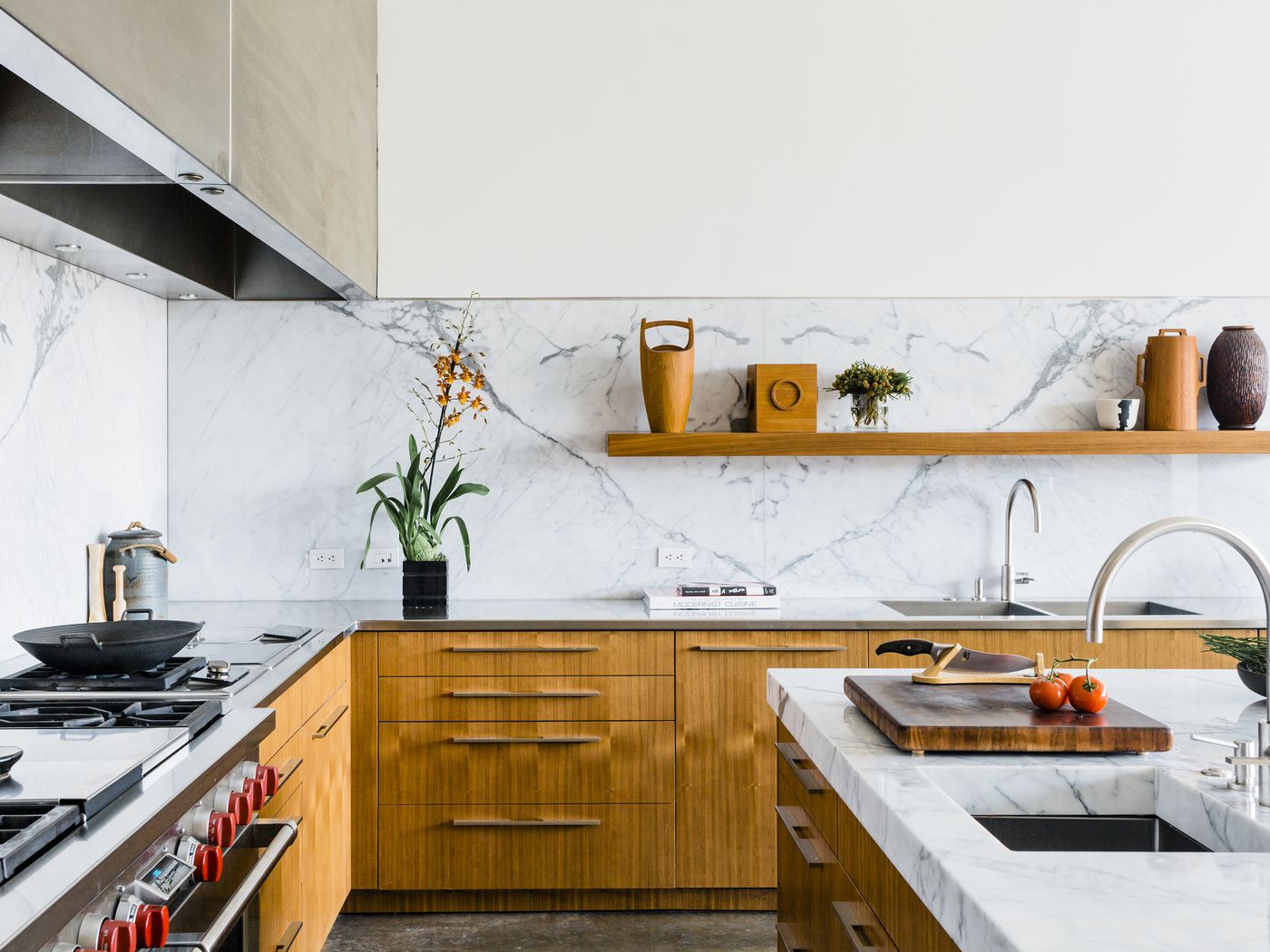
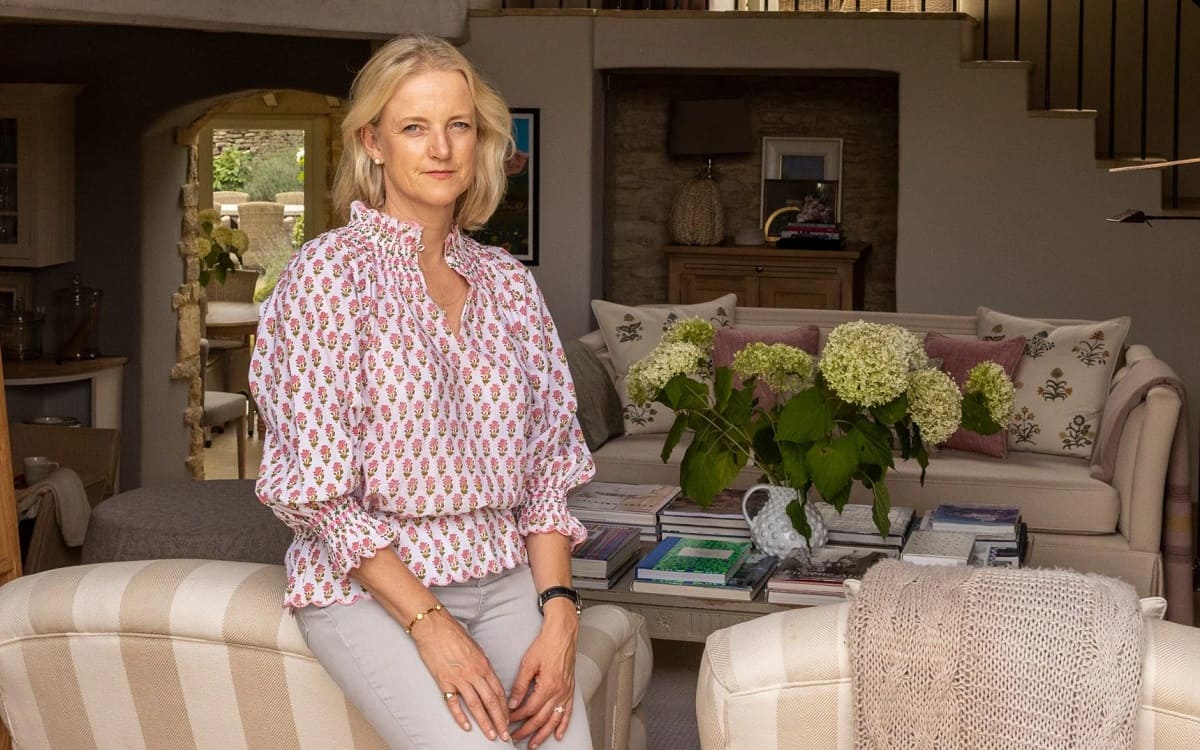
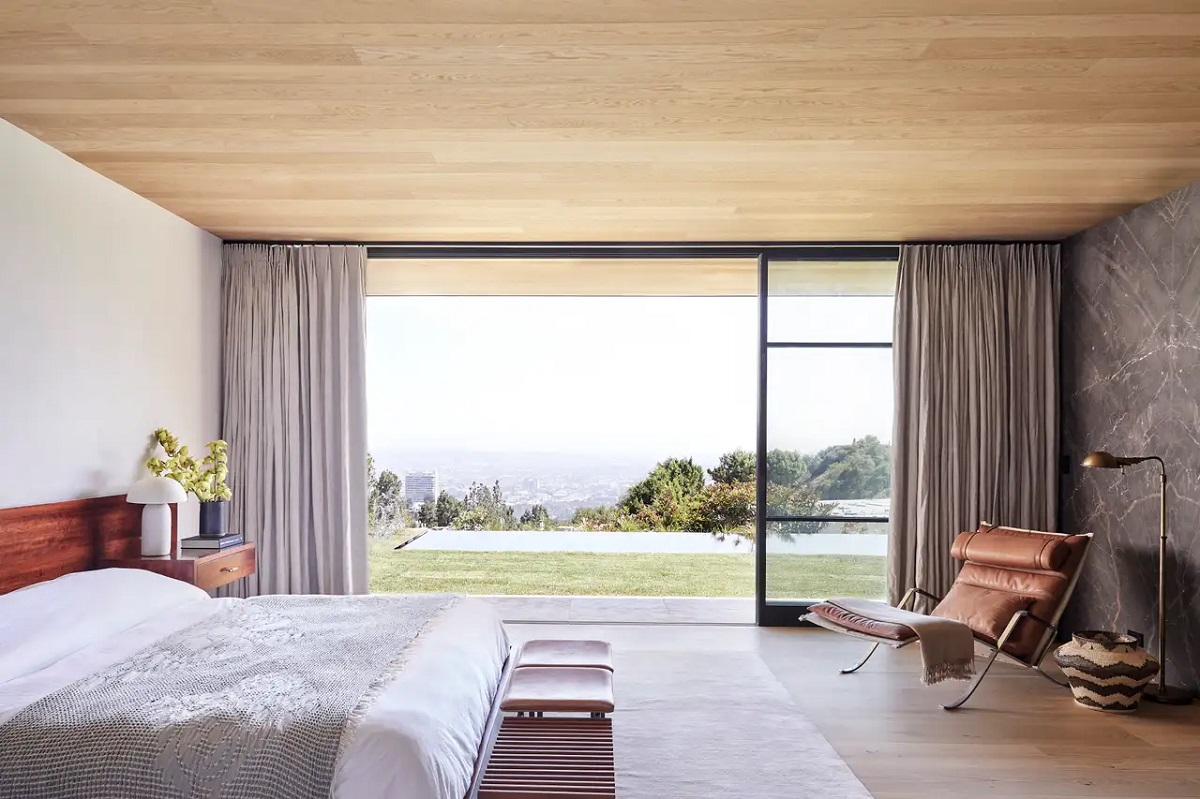
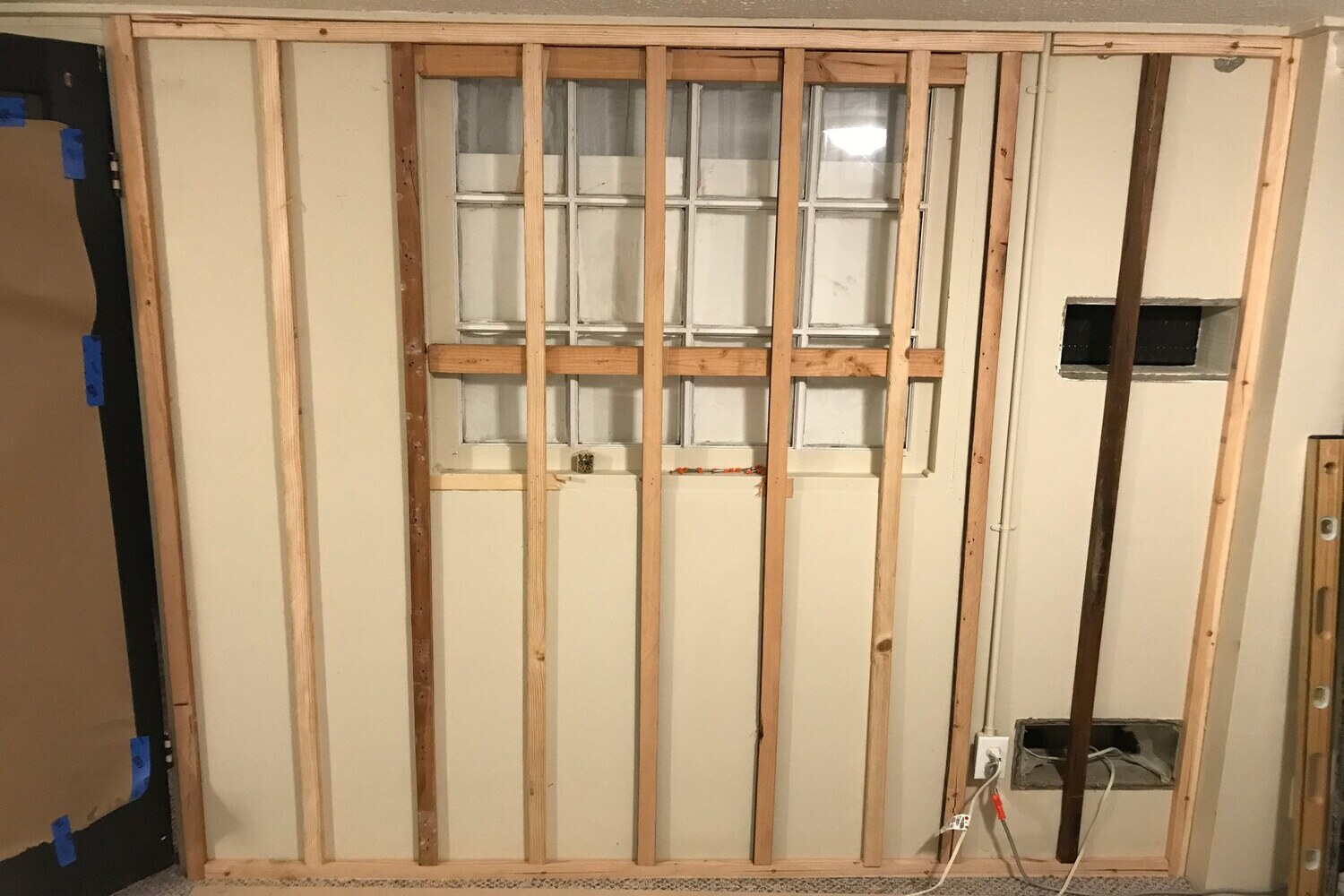
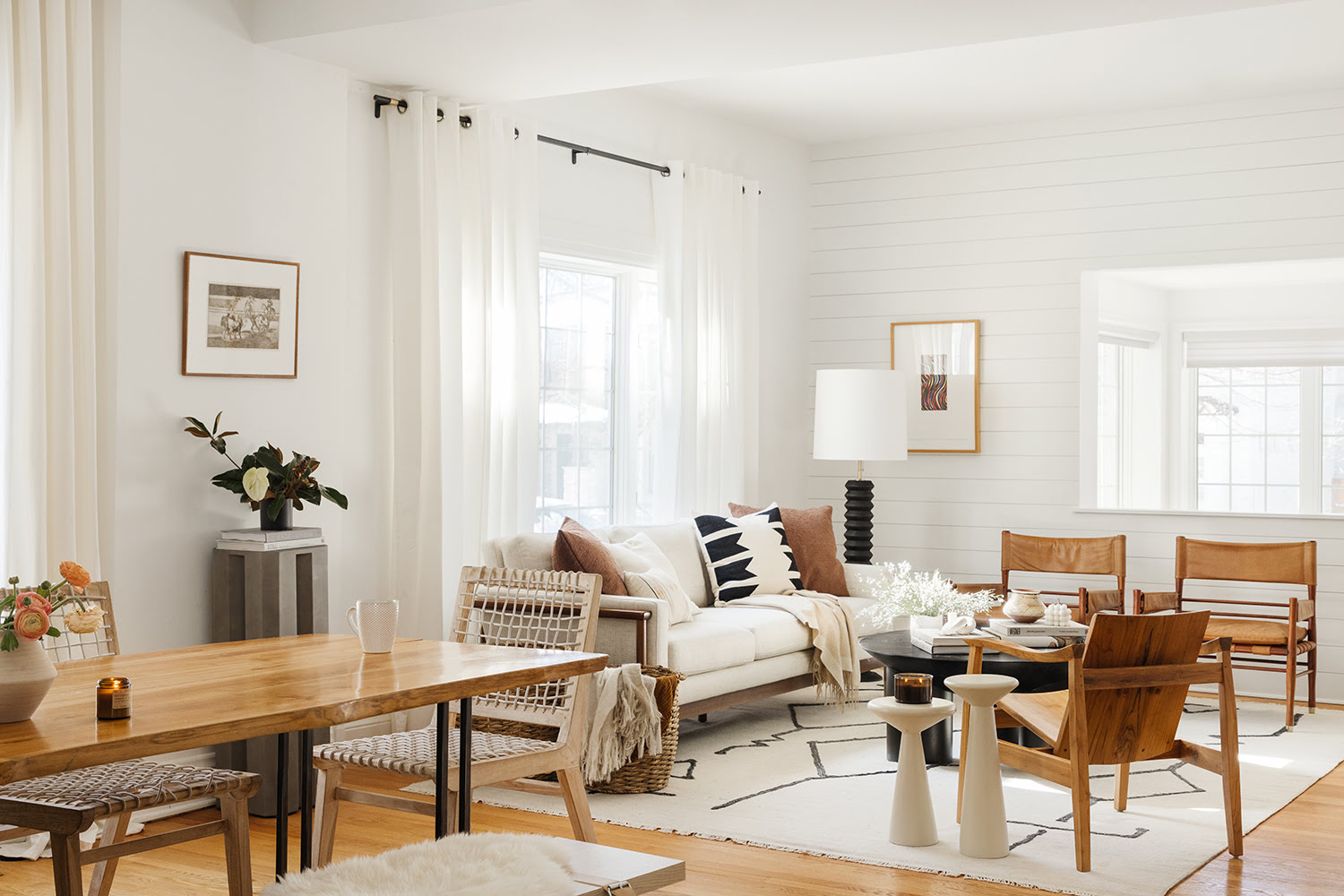
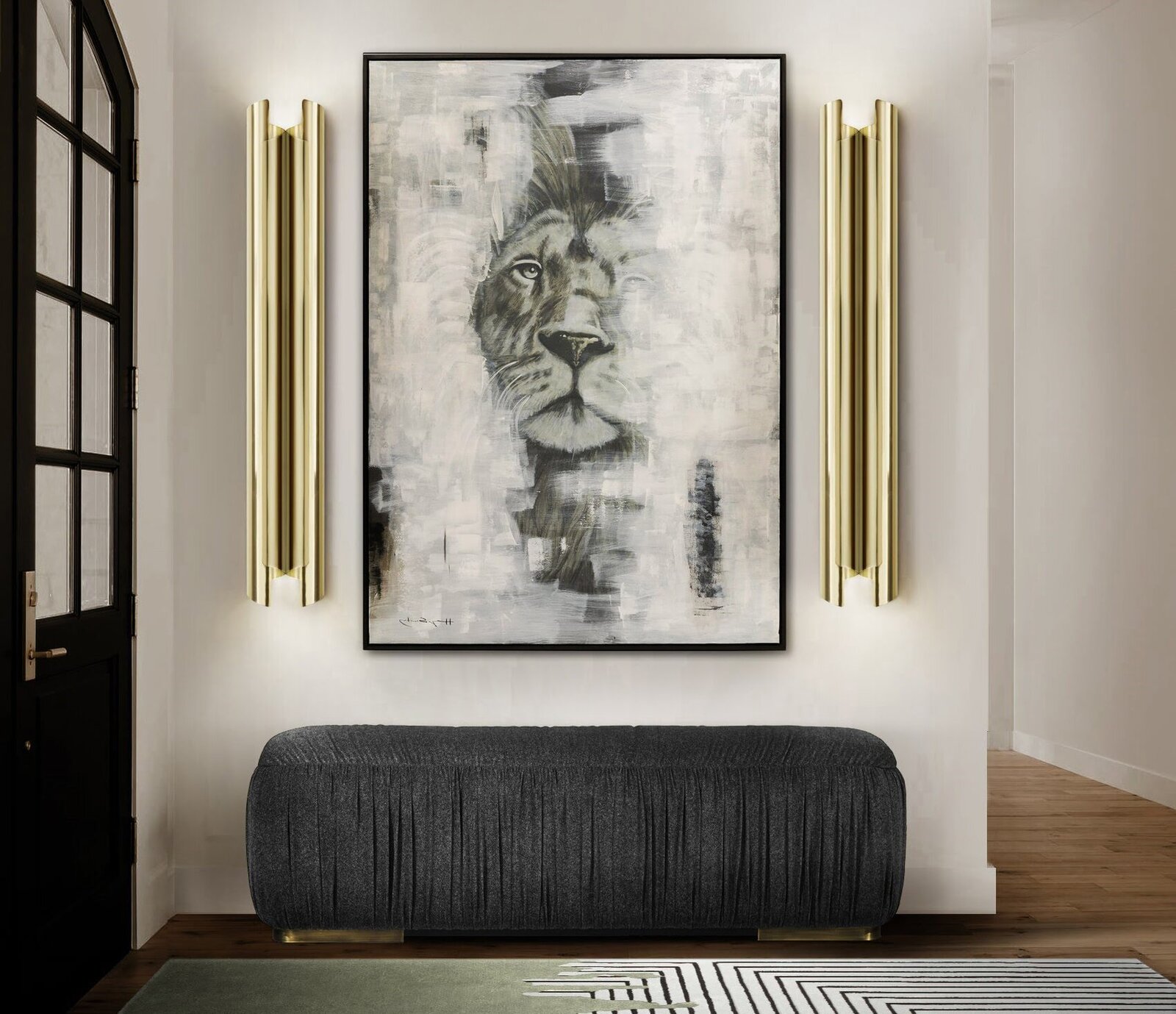

0 thoughts on “7 Undesirable Trends That Are Dating Your Interiors”